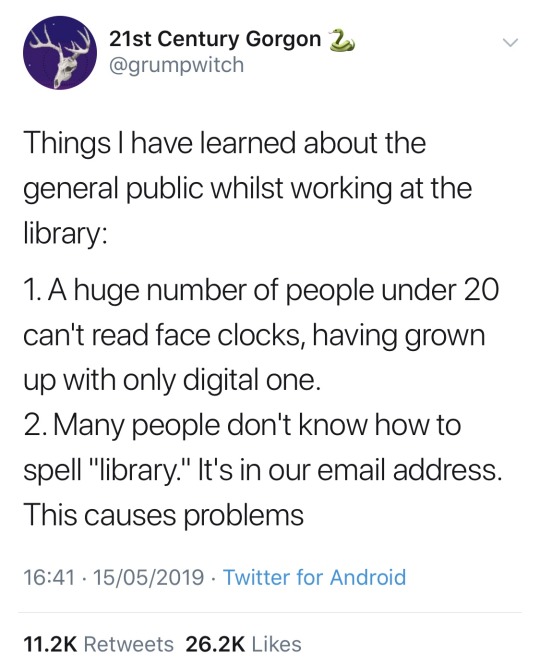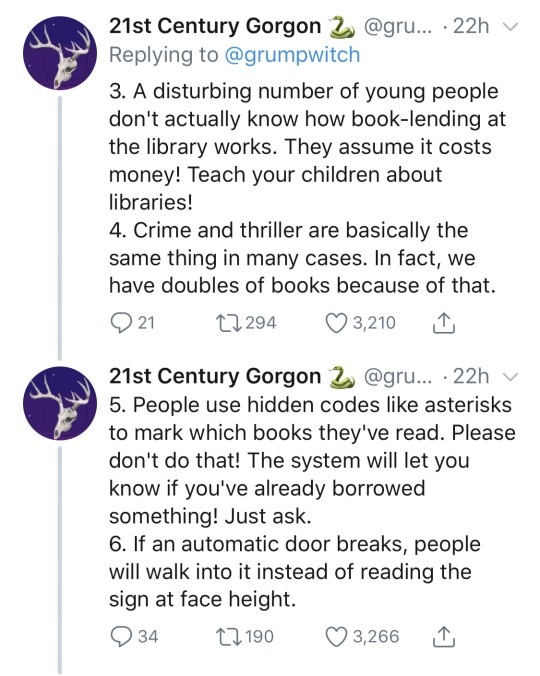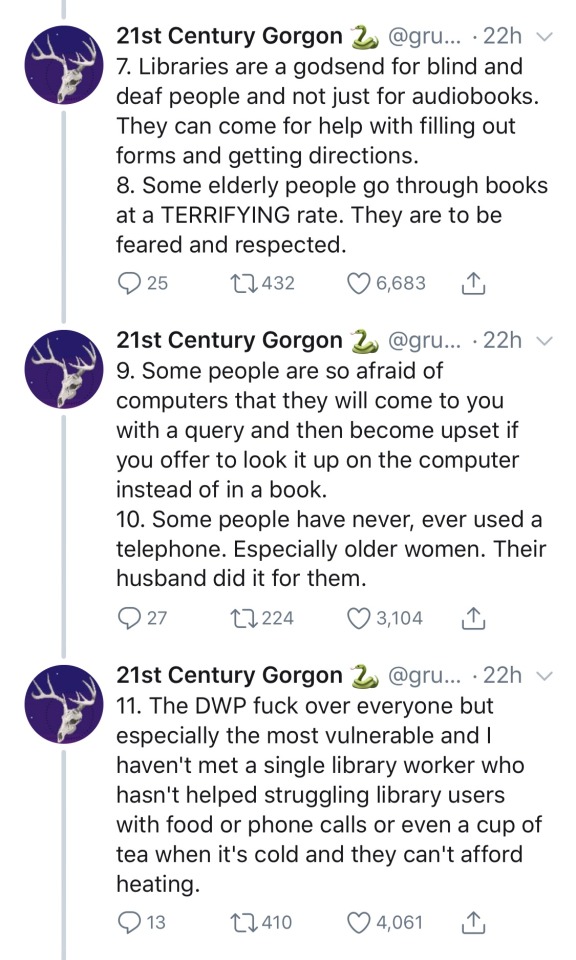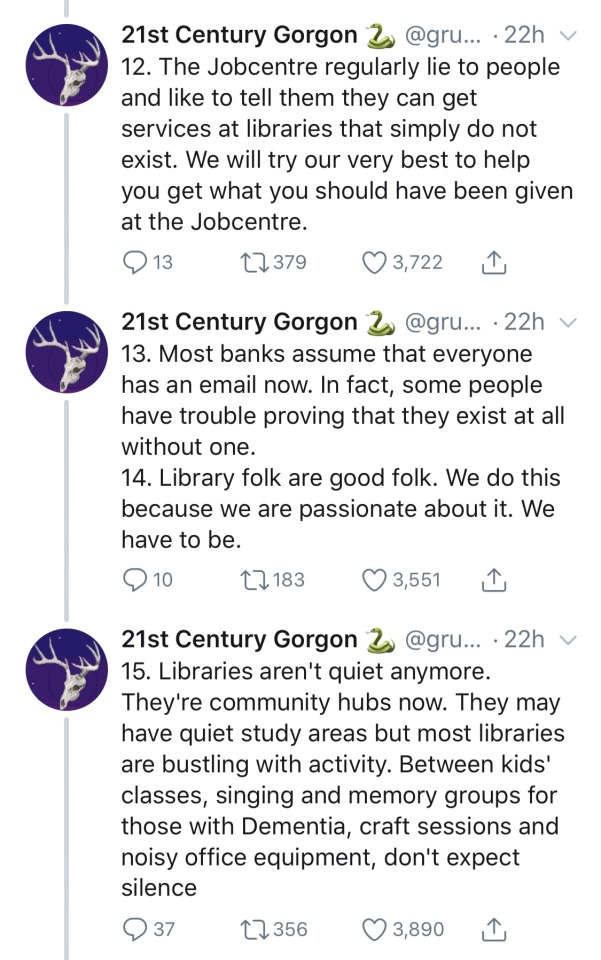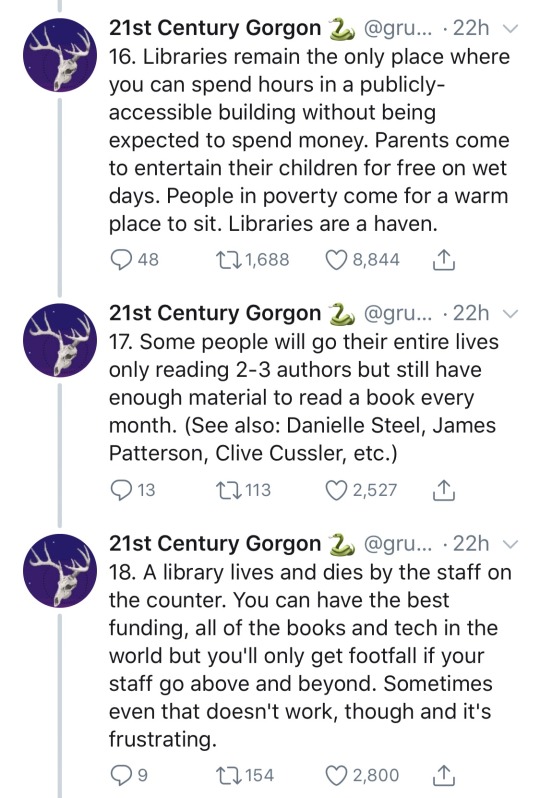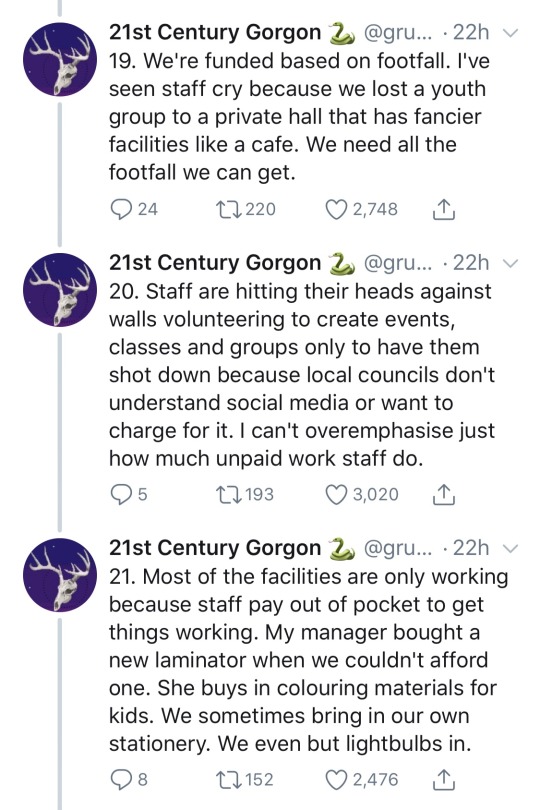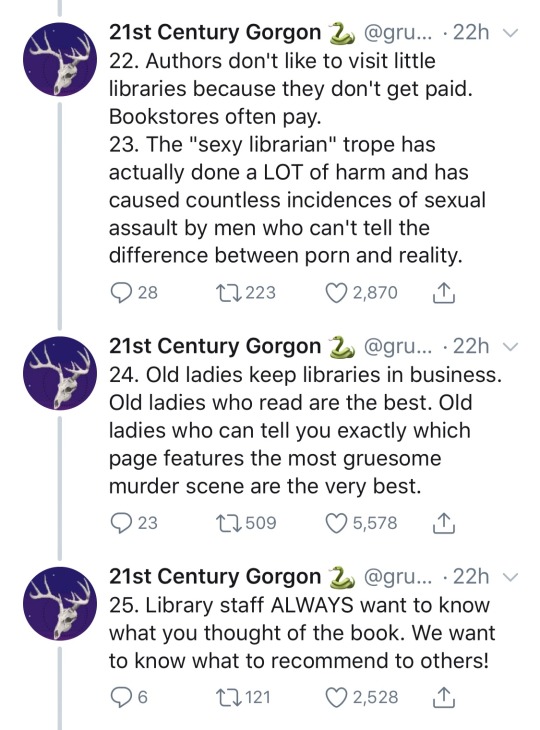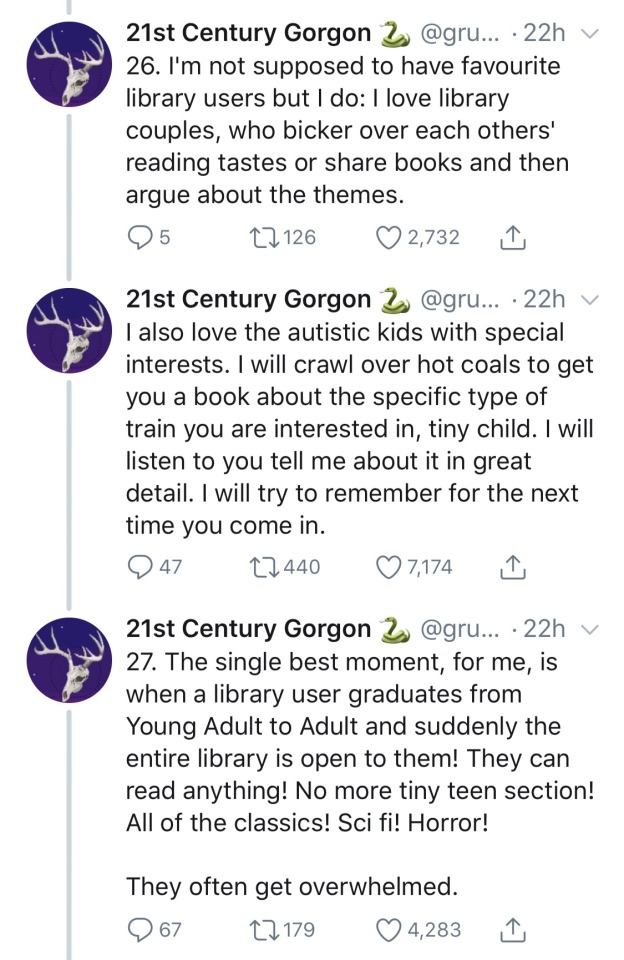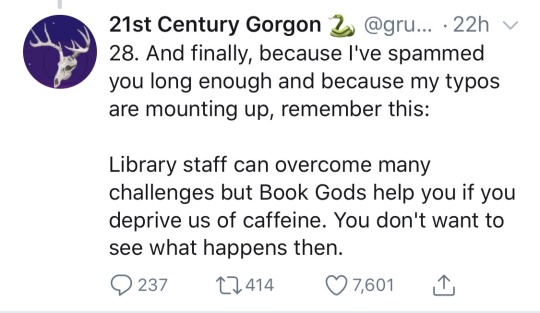Ramblings, mutterings, distractions, silent desperations, empty drams of whisky, books unread, cigars left to die.
Don't wanna be here? Send us removal request.
Text

We at Calendar of Fools have not been idle, but have been thinking about writers, and how often we get rejected. So a new anthology is in the works, intending to give back to the reader and writer community. Intergalactic Rejects is a collection of incredible stories that were rejected. It already has stories from well-known authors like Samuel R. Delany, Robert J. Sawyer, Kevin J. Anderson & Rebecca Moesta, Oghenechovwe Donald Ekpeki, Jean Marie Ward, Greg Bossert, William Joseph Roberts, David Boop, and even an essay from Robert Silverberg. These stories are outstanding, and if we can get the project funded, we'll have an open call for new submissions… and one of your stories could find a home here as well. https://www.kickstarter.com/projects/innerworkings/intergalactic-rejects-a-calendar-of-fools-anthology
Edited by Storm Michael Humbert. Cover design by me.
0 notes
Photo
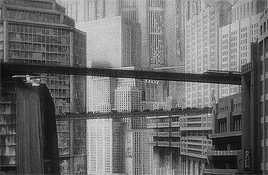
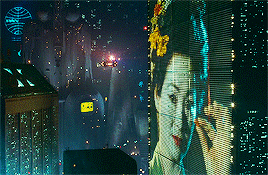
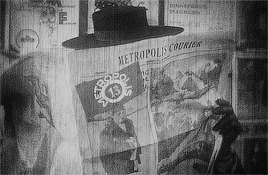
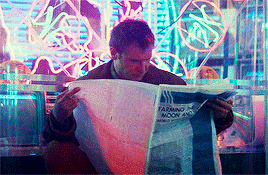
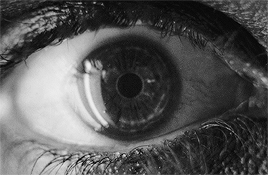

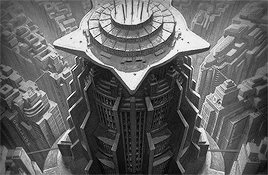
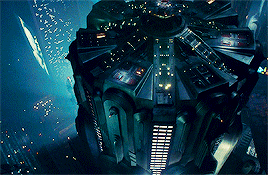
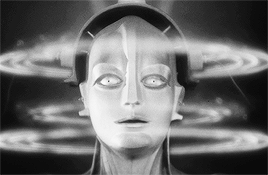

Metropolis (1927) dir. Fritz Lang Blade Runner (1982) dir. Ridley Scott
25K notes
·
View notes
Text
I want you to write for pleasure—to play. Just listen to the sounds and rhythms of the sentences you write and play with them, like a kid with a kazoo. This isn’t “free writing,” but it’s similar in that you’re relaxing control: you’re encouraging the words themselves—the sounds of them, the beats and echoes—to lead you on. For the moment, forget all the good advice that says good style is invisible, good art conceals art. Show off! Use the whole orchestra our wonderful language offers us! Write it for children, if that’s the way you can give yourself permission to do it. Write it for your ancestors. Use any narrating voice you like. If you’re familiar with a dialect or accent, use it instead of vanilla English. Be very noisy, or be hushed. Try to reproduce the action in the jerky or flowing movement of the words. Make what happens happen in the sounds of the words, the rhythms of the sentences. Have fun, cut loose, play around, repeat, invent, feel free.
Ursula K. Le Guin, Steering The Craft
28K notes
·
View notes
Photo










One of the main reasons why the original Blade Runner (1982) remains so iconic is that its futuristic Los Angeles feels like a real place. From the clumsy utility vehicles on the streets to the megatowers that dominate the horizon, it is a city that is both a vision of the future and well-founded today. Much of this look can be summed up by Syd Mead (1993 — 2019), an American industrial designer and neo-futuristic concept artist.
“I’ve called science fiction ‘reality ahead of schedule'” — Syd Mead
88 notes
·
View notes
Photo

Movement is detected in the science fiction hinterlands. Some of it is mine. I was fortunate enough to be one of the winners of the Writers of the Future contest, and my story "Trading Ghosts" appears in the 36th incarnation of that anthology. There are tormented souls in mining colonies, at least one angel, and questions about death and faith, all accompanied by a beautifully rendered illustration. The anthology has been released into the wild: http://bit.ly/WOTF36 #WOTF36
0 notes
Link
Some news I've been keeping quiet, but it's rather important news, and it keeps moving around and making noise. Writers of the Future is a writing contest, one of the best-known international science fiction contests out there. I am no longer allowed to enter this contest. Because I'm one of the winners. My story came in 2nd place in the 4th quarter. It will be published in the upcoming Writers of the Future Anthology #36, available for pre-order and released April 7th. There will be a week-long workshop in August, and a massive ceremony, which will be videotaped and depict proof of my awkwardly saying grateful words and accepting a heavy award. I'd entered a few times before, receiving Honorable Mentions, which I was pleased about, but this is one of my personal writing milestones.
0 notes
Photo

The light grows ever closer; the candle burns low.
545 notes
·
View notes
Text
You know that sort of technological/sci-fi aesthetic that was most prevalent in the late ‘80s to the mid-’90s that used a lot of grey to beige colors and angular shapes with heavily rounded edges and corners?


Syd Mead was certainly a big influence, though a bit sleeker than most examples:
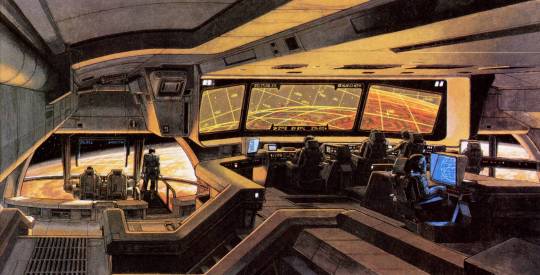

One of the greatest exemplars of the aesthetic is the interior of the Enterprise-D on Star Trek: The Next Generation:


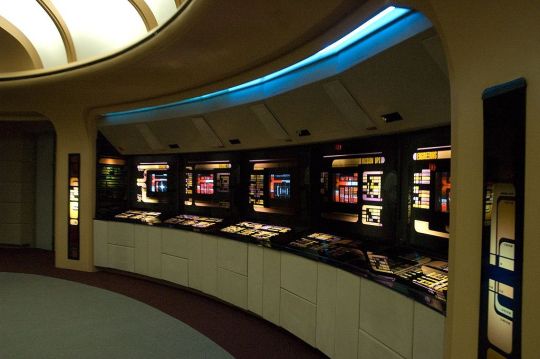
It seems to be designed to appear both futuristic and welcoming. The plastic usually has a grainy texture so it doesn’t look so shiny and cold. Light sources are soft, with the lightbulbs concealed behind corners or plastic coverings that diffuse the light; it was also usually a bit dimmer to feel more indoorsy and cosy. Pure whites are shunned. Chairs and couches are made to appear comfortable at first glance (even if weird angles and slopes would compromise comfort in practice). Ceilings and walls slope inwards, accentuating the low, cosy feeling. It makes me think of being in an airliner, since airliner interiors have a similar aesthetic (that worked to ST:TNG’s advantage; since the interiors reminded me of an airplane, it felt like they really were in a spaceship).
In some ways it seems to be a softer, cosier update of the ‘60s space age aesthetic, and there’s a smooth transition to the colder, shinier Y2K aesthetic.
13K notes
·
View notes
Text
“I want to let you in on the dirty little secret of my field, Medieval Studies: The Middle Ages is incredibly attractive to white supremacists. For people whose vision of a backwards-looking, great world is one with white Christian men in positions of power and the rest of us put in our places, the Middle Ages is a fertile ground for fantasy, where it seems very easy, at least superficially, to ignore the integral role of an incredibly diverse population. There are legends like King Arthur, images like the Bayeaux Tapestries, and long histories of Crusading that, on the face of it, make the Middle Ages look very white and like a world very divided neatly into categories of “us” and “them.” This vision of a very white, very Christian Middle Ages has been a part of political rhetoric for rather a long time: Anti-feminist politicians exploit their idea of medieval chivalry and courtly love to give their ideas a historical grounding. The British Nationalist party uses the story of Excalibur to promote its vision of a racially pure England. The Crusades, in particular, have factored into that: Crusaders became a favorite theme of 19th-century Romantic writers and thinkers, whose refashioning of these tales were crucial to the creating the popular vision of a very white Middle Ages. T.E. Lawrence, the young British army officer who would go on to be known as Lawrence of Arabia and reshape the map of the modern Middle East came to that region as a student at Oxford writing about Crusader castles. Various European fascist movements throughout 20th-century have adopted Crusader rhetoric. More recently and in our own country, George W. Bush called for Crusade in the wake of 9/11. And the most recent presidential election saw a proliferation of images that have long circulated more quietly in the darkest, most racist corners of the internet that rely on medieval and Crusading themes and images to support both individual candidates and wider worldviews. But it’s not just political rhetoric: Attachment to a white Middle Ages is also an attitude that has absolutely permeated our cultural outlook: Look at something like the TV version of Game of Thrones and you see a kind of fantasy Middle Ages in which the race politics is incredibly uncomplicated, with a lily-white savior and her dragons redeeming the inarticulate, teeming masses of brown barbarians. It’s a rhetoric that politicians can use because it resonates with the population. But when we look at the actual Middle Ages in all its complexity, the possibility of this fantasy vision evaporates very quickly.”
—
“Both Sons of Spain”: Medieval Jews and Muslims in the Imagined Nation
My department held a round-table and teach-in yesterday in response to post-election Islamophobic and anti-Semitic vandalism on campus. We felt it was important, as scholars in the humanities, to offer a humanistic intellectual response to the changing tenor of campus discourse; we grounded this response within our discipline, with six speakers offering case studies of how different communities have responded to repression within the Spanish-speaking world. (The event was livestreamed and a recording will be available early next week; I’ll post it as and when.) What follows was my intervention. -S.J. Pearce
5K notes
·
View notes
Photo

A random photo taken accidentally in motion. Or it's a brief intrusion into this plane by a hellish presence. I'll let you know.
0 notes
Photo

This is neat, and unexpected. I was lucky enough to have a story published by Flame Tree a couple years ago. Barnes & Noble happens to have a grand collection of their anthologies, all discounted. One of them, Chilling Horror Short Stories in the Gothic Fantasy series, has my tale in it. It is a tiny handful of pages in a book, on an island of books among thousands, but I will happily take it.
0 notes
Text
Blade Runner 2049 (Thoughts on)
The short review: I liked it. Good Science Fiction. And I'm still thinking about it, which is a good thing. Continuing. Thematic elements. Rain. As with the 1982 Blade Runner, there is the imagery of rain, suppressing those under its weight, blearing the glass as if blurring the lines between humanity and replicants. Always rain. Always washing and never becoming clean, for the water itself is tainted. I always liked its romanticism, and the concept of water is heavily presented here. Another preserved facet of Blade Runner is what I think of as the Reality of Things. The 2049 movie nods toward the digital age in which we almost live, where everything exists only on servers or computers, and makes the suggestion that such an age was almost wiped out. Therefore, like the original film, objects take on palpable, painful meaning. Things create Memory. Things are Memory. Perhaps as a commentary, when things (data, possessions, people) exist only digitally, can they be said to exist? (See William Gibson, I suppose.) A favorite of mine is the meshing of music and atmospheric sound. The world of Blade Runner was immersive, its score not meant to accompany or swell with emotion, but surround, in symbiotic rhythm to earthly noise. Listen to the original when you rewatch it. The sound is personal, emanating from the world and the characters. In Blade Runner 2049, I think they've done equally well, in a more massive, lost-soul sense. The film is tremendously loud in parts, not during action scenes but in passing. Los Angeles bellows an lonely emptiness, like the bones of the megacity groaning and scraping and creaking under its own weight. The sound is like the unconscious movement of gods, so large that one marvels that the tiny people underneath do not perish. Moving on to Theme in general. The best science fiction is a lens through which we consider our current world, and this movie does some of that. Walls between people. The desire for control and passive slavery. Replicants must undergo a Post-Trauma Baseline Test, which may mirror a governmental desire to monitor and control the actions of others. The words of Officer K's baseline partially consist of quotations from the novel/poem “Pale Fire” by Nabokov, perhaps because of its metafictional idea: imagined authors commented upon by imagined academics. One focus of Do Androids Dream of Electric Sheep? was the ownership of hyperreal artifice: fake animals nearly indiscernible from the live animals that no longer exist. This reflected a human need for some form of preservation, of possession as status. Too, the 1982 Blade Runner focused on humans; replicants were a strange, threatening question. Blade Runner 2049 keeps that prejudice (replicants are hatefully called skinjobs by some), but focuses on the replicants themselves and their version of the Struggle of the Oppressed, though I hope it is not meant as a parallel to our racial history, for that kind of subtle horror might be too much for the story to take on. Also threaded through the plot are the oft-considered Sci-Fi concepts of what constitutes humanity. The virtuous actions of some of the replicants suggest a triumph of Nurture over Nature in one's programming. However, the strong bias of “being born” over “being created” conflicts with that premise. In the first film replicants chased one thing we have: lifespans. In this one they chase another: perpetuation. There is some heavy Biblical child-is-born and regaining-of-Eden symbolism. The story does not attempt to address other current societal problems, at least when viewed through a Feminist or Post-Colonial critical lens. A compelling element of Blade Runner's Los Angeles (despite almost all the main characters being white) was a suggestion of diversity--at least when you got down to street level. You could practically smell the White Dragon noodle bar, see the video advertisements of geishas popping birth control pills, hear the myriad of languages as one walked through incessant downpour. The lofty heights of the wealthy and powerful were inundated with dust and looming quiet, as if its inbred structure was struggling not to decay. In 2049, we get snippets of human culture: a brief scene of an automated street mall, neon lighting up thin glimpses of streets hidden in the canyons between megastructures. The primary culture printed on walls and present on the sneers of apartment block residents has moved from Chinese and Japanese to Russian. There are different peoples, but people of color incline toward negative archetype: a cowardly overseer of laboring children (named Mister Cotton no less), a clever hustler in a street stall named Doc Badger, and “Doxie #3.” Women receive somewhat more comprehensive consideration, despite the continued presence of sexual objectification. Robin Wright's coldly honorable LAPD Lieutenant Joshi is rewarding, as is the vulnerable sensitivity of Carla Juri's Dr. Ana Stelline. Sylvia Hoeks is wonderfully crisp and vicious, showing the cracks in her emotional reserve. K's virtual girlfriend Joi is loyal and loving, lending her character poignancy despite being an arguably sexist view of a servant of a servant. Mackenzie Davis, in an eerie and probably intentional resemblance to Pris, plays Mariette (and how can we not see a resemblance to the word marionette) with a smart, observant calm, though still in the problematic form of a doxie. Hiam Abbass plays the replicant leader Freysa in a familiar kind of mysterious, keep-the-faith rebel nobility. The first movie had flying cars but didn't dwell on them. Deckard and the replicants tramped through the rain on the ground, and when Deckard did rise above the streets inside a vehicle, used that moment for introspection. In 2049, we are often in something flying, soaring above the rain-battered buildings, devastated trashscapes, and massive, impenetrable walls. This creates a distance from humanity, perhaps intentionally. I appreciated that the film took time for long shots: to let characters sort through their emotions and epiphanies. I feel the conflict stems from internal character struggle rather than the battles of protagonists vs. antagonists, which is good. Rutger Hauer's damaged but hopeful Miltonian antihero Roy Batty was characterized by his desperate search. He was never in control, always doomed, but his unpredictability was terrifying. I am not sure Niander Wallace can favorably compare, because the role of archvillain/savior is clouded. Jared Leto does well, but while the character seems meant to have the brilliance of Eldon Tyrell with a stronger vision, he is saddled with almost-but-not-really-deep trippy poetry and an unsurprising casual cruelty (and can I help but keep thinking of Viggo Mortensen's Lucifer in The Prophecy?). I will leave the commentary regarding Ford/Deckard and Gosling/K to others, but I liked them fine. They are grim and resolute and let their emotions bubble nicely, and they drink whiskey.
1 note
·
View note
Photo

Four years ago Grim Corps graciously accepted a story of mine, titled "Collections". It remains one of my favorites. Grim Corps is on permanent hiatus (as are so many markets my work appears in, unfortunately... one of my other stories I thought was pretty good was on Kazka Press), but you can still read the 13 unpleasant little stories for a buck.
0 notes
Photo

Growing weary of lorem ipsum generators offering placeholder text in terms of bacon, hipsters, fish, and Samuel L. Jackson quotations, I sallied forth with a capable companion and created our own. Drawing from the pained depths of Victorian literature and modern ennui, we offer you Gothic Ipsum. For all your darkly gothic dummy text needs. GothicIpsum.com Sincerely, Polarbeast
0 notes
